Find health information
Home / Find health information
Search
Pregnancy and postpartum
Your body changes significantly throughout pregnancy and postpartum so it’s important to adjust exercise to suit each stage of your journey.

Urinary incontinence
In addition to exercise, a pelvic floor muscle training program (PFMT) is ideal to improve pelvic floor strength and assist with incontinence.

Muscular Dystrophy
Exercise for the management of Muscular Dystrophy is aimed to preserve your functional abilities for as long as possible.

Women’s health
Exercise supports women’s physical and mental health, from adolescence through pregnancy, postnatal recovery, menopause, and beyond.

Mental health
Exercise is one of the simplest ways to support your mental health. It can boost your mood, reduce stress and anxiety, and support overall wellbeing.
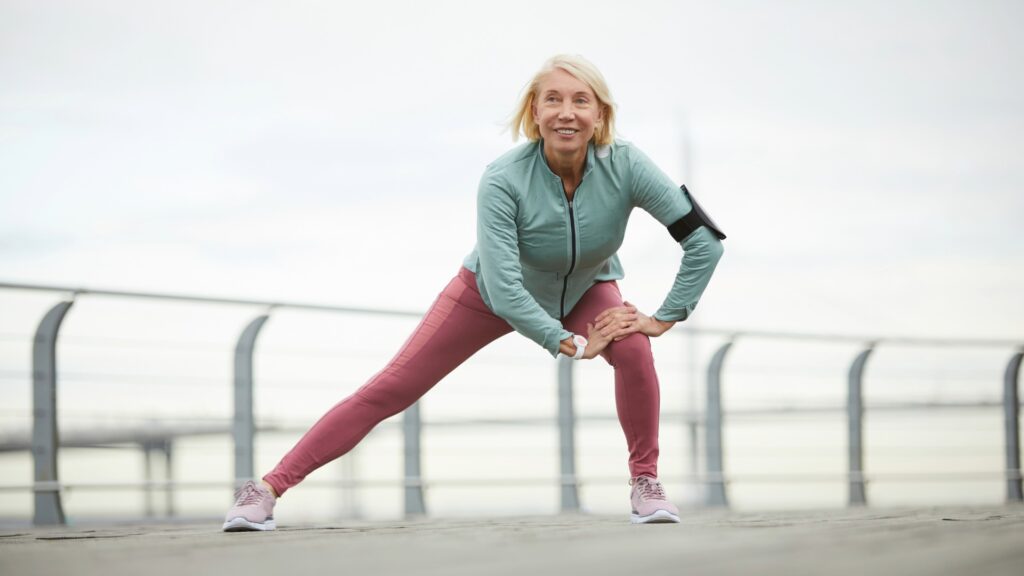
Menopause
Exercise can help optimise long-term health during perimenopause and after menopause, maintaining bone density and reducing risk of osteoporosis.

Exercise right for kids
Children who are regularly active enjoy better physical health, stronger bones and muscles, sharper thinking skills, and improved mental wellbeing.
Injury recovery
Exercise can play a key role in injury recovery by getting you back up to full speed as soon as possible. Injuries can occur at work, on the sports field, as the result of an accident or through repetitive strain being placed on a joint or muscle. They can strike when you least expect it, and can have a debilitating effect on your everyday life and work.

Neuromuscular diseases
Neuromuscular disabilities (NMD) including multiple sclerosis, postpolio syndrome, and Parkinson’s disease.
Kidney disease
The main functions of the kidneys are to remove waste products and excess water from the body. They also produce important hormones that help to form red blood cells. People with kidney disease have difficulty performing these functions. Many factors can lead to developing kidney disease, such as diabetes, high blood pressure, blood vessel disease, and kidney inflammation. Physical inactivity, or lack of exercise, is a risk factor for obesity, which can contribute to the development and progression of kidney disease.

Childhood Cancer
Exercise is a safe intervention to counteract many of the adverse physical and psychological effects of childhood cancer and its treatment.
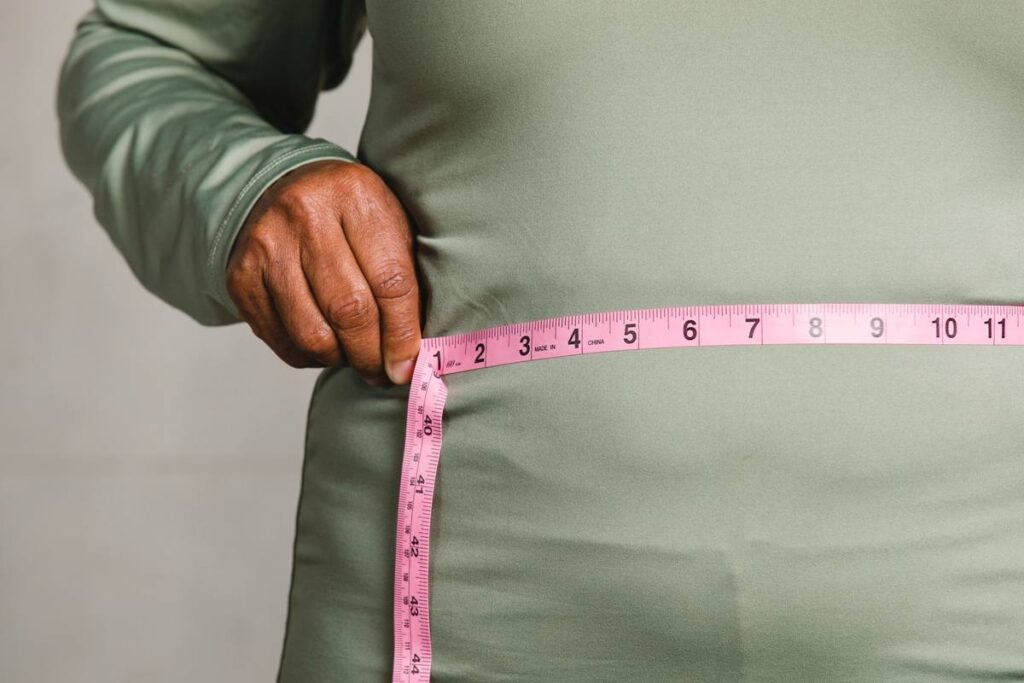
Obesity
Overweight and obesity are characterised by excess body weight and excessive balance of energy intake vs energy expenditure with Body Mass Index (BMI) commonly used as the criterion to define these conditions. A BMI over 25 is classified as overweight, whereas obesity is measured as a BMI over 30. The formula is BMI = kg/m2 where kg is a person’s weight in kilograms and m2 is their height in metres squared.

Chronic Pain
While it may seem counterintuitive to exercise when you're in pain, the right type of exercise can make everyday activities easier.
Metabolic syndrome
Metabolic syndrome occurs when a person has a combination or cluster of related cardiovascular and metabolic disease risk factors. Metabolic syndrome may be diagnosed if you have at least 3 or 5 of these risk factors in combination. It can contribute to the risk of heart (cardiovascular) disease and other conditions like type 2 diabetes.

Osteoporosis
Osteoporosis occurs when bones lose minerals, such as calcium, more quickly than the body can replace them, leading to a loss of bone thickness (bone density). Any bone can be affected by osteoporosis, but the most common sites are the hip, spine, wrist, upper arm, forearm or ribs. Fractures in the spine due to osteoporosis can result in changes in posture and height loss. As bones become thinner and less dense, even a minor bump or fall can cause a serious fracture. Falls are a common cause of fractures for people with osteoporosis. Osteoporosis usually has no symptoms until a fracture occurs – this is why it is often called the ‘silent disease’.

Metabolic associated fatty liver disease
Often just called ‘fatty liver’, and previously known as non-alcoholic fatty liver disease (NAFLD), metabolic associated fatty liver disease (MAFLD) is a chronic liver disease associated with an excess amount of fat within the liver.

Fibromyalgia
Fibromyalgia is a chronic condition that causes pain in the muscles and bones, overall fatigue and tiredness. Many who live with Fibromyalgia are less physically active than the Australian recommendations. The pain experienced by individuals with fibromyalgia is complex. It’s unpleasant and evokes responses both internally and externally from the individual. When pain persists, and is chronic, it can become debilitating to your daily life.

Multiple sclerosis
Multiple Sclerosis (MS) is an autoimmune disease of unknown cause. MS is characterised by the formation of areas of demyelination (plaques) throughout the brain and spinal cord that comprise the central nervous system (CNS). The direct damage to the CNS results in slow or interrupted transmission of nerve impulses and causes a varied and wide range of symptoms. Symptoms include physical and cognitive disability, extreme fatigue, temperature sensitivity, and depression. Reports indicate that physical inactivity is a major concern for people with MS as they cannot participate as they would like to.
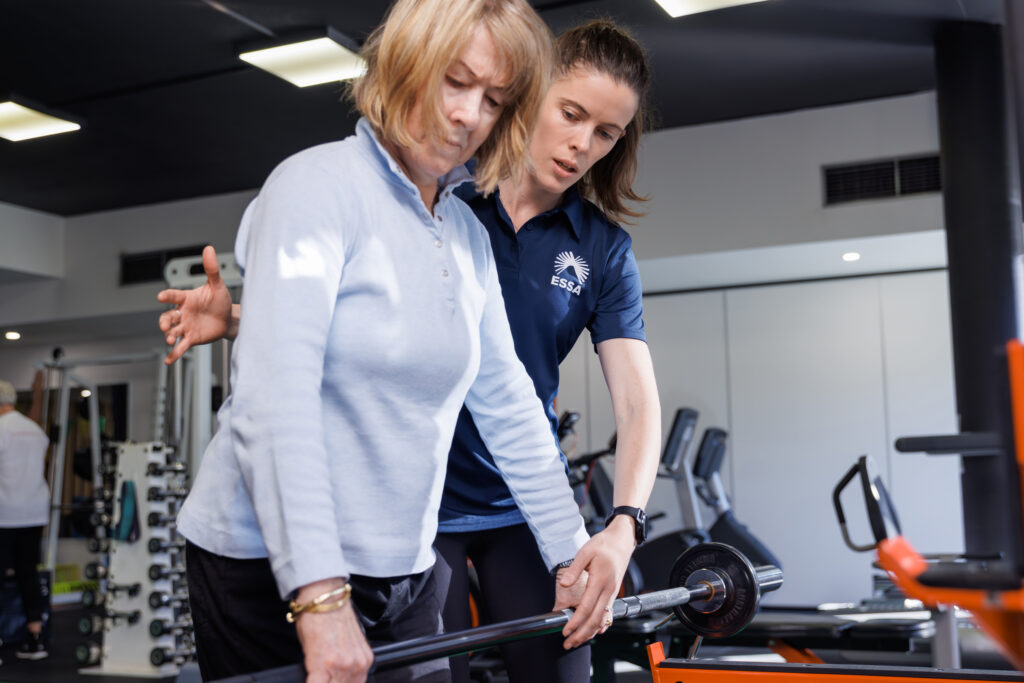
Joint and bone health
Exercise helps build and maintain bone mass through mechanical loading, resistance and impact which stimulate bone-forming cells. Strength training and balance work reduce the risk of falls and fractures, particularly in older adults or those with low bone density. For people with joint pain or arthritis, regular movement can reduce stiffness, improve function and slow the progression of disability.

Autism
Research demonstrates that exercise interventions led to a 37% improvement in symptoms of ASD, specifically behavioural and academic improvement.

Exercise right at home
Exercising at home offers flexibility and convenience, but it’s essential to approach it safely to maximise benefits and minimise injury risks.

Men’s Health
Exercise plays a vital role in keeping men healthier, happier and alive for longer. The right type of exercise can help you reach your goals.
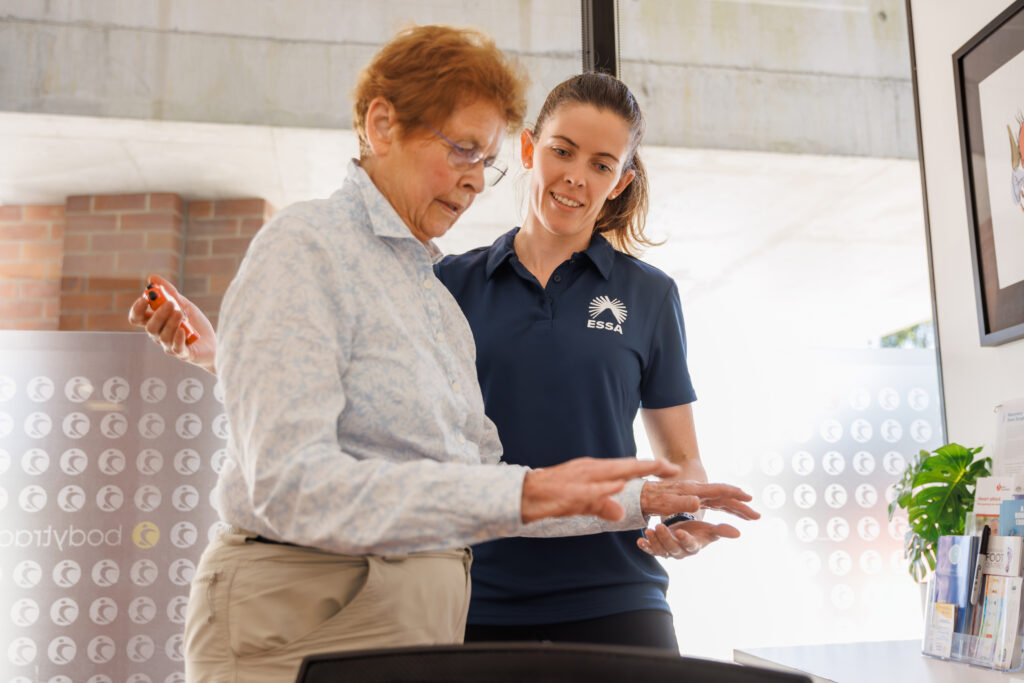
Parkinson’s disease
Parkinson’s disease is a common, progressive and debilitating disorder affecting many areas of the nervous system. Historically, it was believed that only dopaminergic neurons in the brain were affected, leading to motor impairments including tremor, rigidity (stiffness), bradykinesia (slow movements), akinesia (freezing or absence of movement) and balance problems. However, as the neurological changes are diffuse, there are also many other motor and non-motor impairments, such as anxiety, depression, impaired cognition, sleep disorders and pain. Autonomic function may also be affected by the disease and medications.
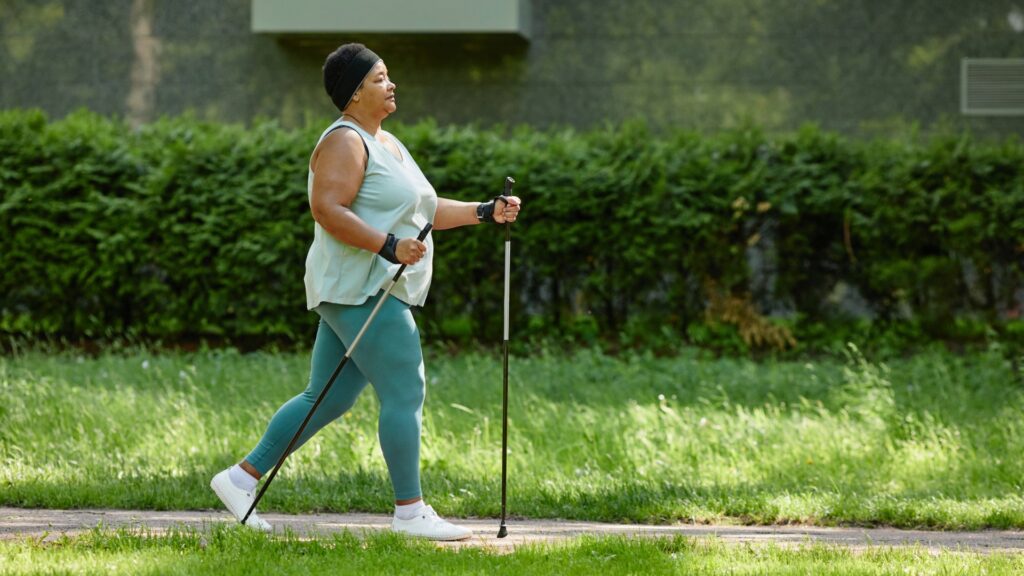
Brain and nerve health
Regular exercise boosts blood flow to the brain, reduces inflammation, and promotes neuroplasticity, which is the brain’s ability to adapt and form new connections. Exercise can support memory and mood and can help protect against developing neurological conditions like dementia.

Endometriosis
Gentle aerobic exercise like walking or swimming can be a great place to start for managing pain symptoms of Endometriosis.
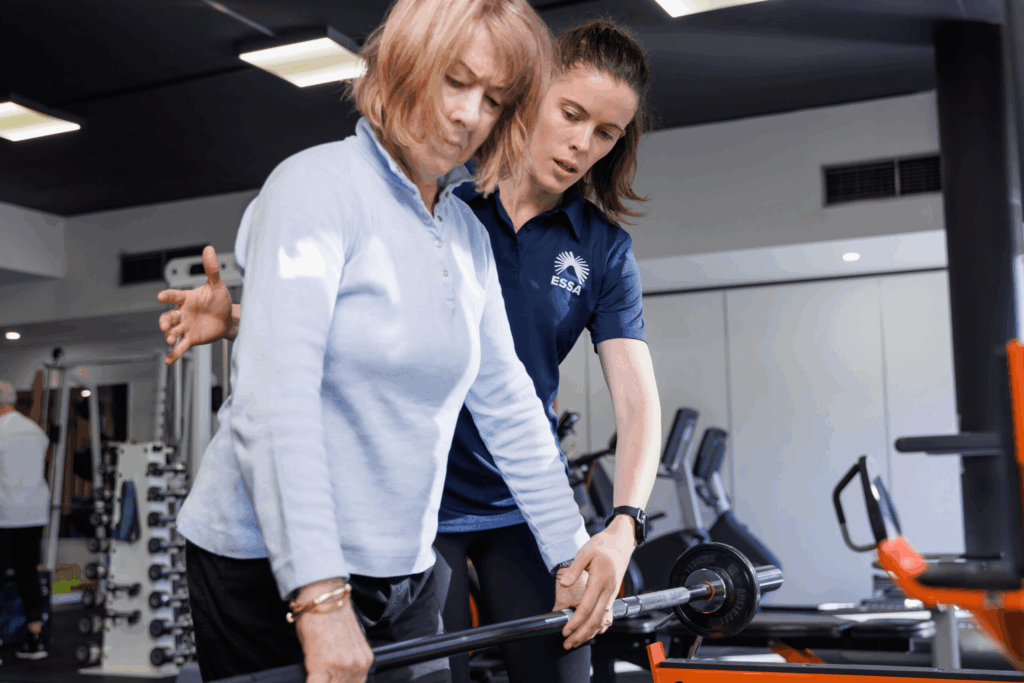
After a diagnosis
Receiving a diagnosis of a chronic condition like diabetes, arthritis, osteoporosis or cancer can feel overwhelming.

Lower back pain
Low back pain is very common. So common, in fact, that most (80%) Australian adults will experience at least one episode of low back pain during their lifetime. Although often very painful, most low back pain is not caused by a serious problem and will resolve with some simple care. Physical activity is an important part of that care.

Congenital heart disease
Congenital heart disease Congenital heart disease (CHD) is a general term for a range of conditions that are present at birth and affect the normal workings of the heart. These can result in minor heart problems or major defects. Congenital heart defects are the most common types of birth defects, affecting 1 in 100 babies. […]

ADHD
Exercise has powerful effects on brain function and structure and can be effective for individuals with ADHD.

Diabetes
For people living with type 1 or type 2 diabetes, exercise is one of the most powerful tools for managing blood sugar levels.

Polycystic ovary syndrome (PCOS)
Evidence shows that lifestyle changes, including regular exercise are the most effective ways to reduce the severity of PCOS symptoms.
Pelvic organ prolapse (POP)
Exercise can help reconnect and strengthen your pelvic floor muscles however certain exercises can potentially make things worse.
Blood cancer
Exercise has shown to help reduce fatigue in people with blood cancer, improving physical function and ability to perform daily activities.

Lung conditions
There are many lung conditions including but not limited to: chronic obstructive pulmonary disease (COPD), lung cancer, asthma, bronchiectasis, interstitial lung diseases, pleural mesothelioma, cystic fibrosis and pulmonary arterial hypertension (PAH).

Post traumatic stress disorder (PTSD)
Many types of exercise is beneficial for people with PTSD including mind-body exercises (yoga), aerobic, or resistance exercise.

Lung and kidney health
Exercise for lung and kidney health Our lungs and kidneys are essential organs – lungs bring in air and oxygen, while kidneys filter blood and remove waste. When they aren’t working well, you might feel breathless, tired or low in energy. Prescribed exercise is one of the few medicines that can help improve function, reduce […]

Gynaecological cancers
Exercise assists in the treatment and aids recovery of gynaecological cancer by reducing treatment-related side effects.

Hypertension
High BP is called hypertension. Hypertension is a major risk factor for cardiovascular disease (e.g. heart failure, stroke, coronary heart disease), chronic kidney disease and early death. Hypertension may not cause any symptoms, which is why it is sometimes referred to as a ‘silent killer’.

Prostate cancer
Exercise plays a vital role in helping men undergoing prostate cancer treatment such as Androgen Deprivation Therapy.

Solid-organ transplantation
Solid-organ transplant surgery is an accepted life-saving procedure with over 1,300 recipients in Australia in 2015. The most common organ transplanted is the kidney, followed by the liver, lungs, heart and pancreas. Often, the major indications for organ transplantation are chronic end-stage diseases specific to each organ (e.g. end-stage kidney disease). Following transplantation, patients are treated with immunosuppression therapy to prevent organ rejection. These medications may result in significant loss of fitness and weight gain, contributing to the development of the metabolic syndrome and cardiovascular disease.

Anxiety
Studies show positive benefits from moderate intensity aerobic exercise for people with anxiety disorders.
Acquired brain injury
Acquired brain injury (ABI) refers to damage to the brain that occurs after birth. Causes include trauma from an external force (e.g. a direct blow to the head), hypoxia (lack of oxygen to the brain), substance abuse (e.g. alcohol), and tumours or infections (e.g. meningitis). Two other major causes of ABI are stroke and neurodegenerative conditions. Consequences of ABI may include cognitive impairment (e.g. memory), physical impairment (e.g., high muscle tone and impaired coordination), behavioural impairment (e.g. impulsivity), as well as social isolation and poor mental health. However, the functional profile for a person with ABI can vary enormously; from someone who, for example, mobilises with a motorised wheelchair, is non-verbal and depends on personal support for self-care, to someone who is fully independent in employment, self-care and mobility.

Disability
Exercise is important for everyone, including people living with disability. Exercise can improve strength and independence.

Rheumatoid arthritis
Rheumatoid arthritis (RA) is an autoimmune disorder that can impact different body systems and structures including the skin, eyes, lungs, heart and blood vessels. Unlike, osteoarthritis RA is usually symmetrical in clinical presentation affecting joints on both sides of your body at the same time.
Dementia and Alzheimer’s disease
Alzheimer’s disease (AD) is a neurodegenerative disease in which brain cells are progressively destroyed causing a loss of cognitive, memory and physical function and a progressive decline in quality of life. Approximately 332,000 Australians had dementia in 2014, and this number is expected to increase to 550,000 people by 2030, and 891,000 people by 2050. The biggest reason for the increase in AD incidence is Australia’s aging population, caused by greater life expectancy and the post-war increase in birth rates (the ‘baby boomer’ generation).
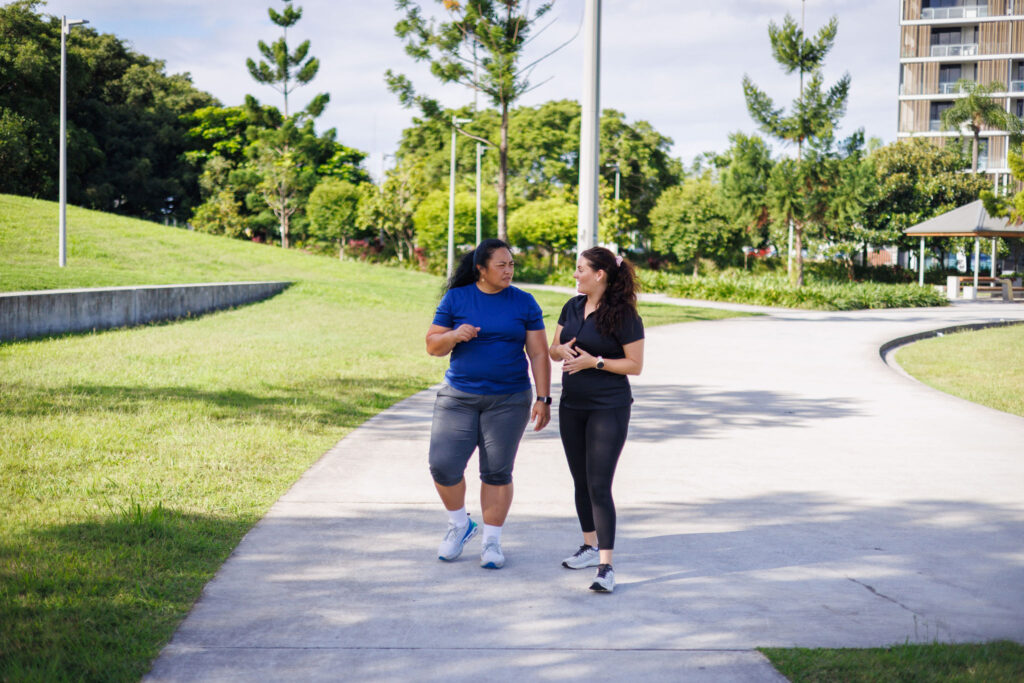
Heart and metabolic health
Your heart and metabolic health affect almost every part of your body. When these systems aren’t working properly, your risk of developing chronic conditions like heart disease, high blood pressure, Type 2 diabetes, high cholesterol, fatty liver disease, and obesity increases.
Cancer
With the right guidance, exercise at any stage of your cancer journey can help you feel stronger, more energised and more in control.

Breast cancer
Exercise plays an important role in the treatment and recovery from breast cancer, reducing the severity of treatment-related side effects.
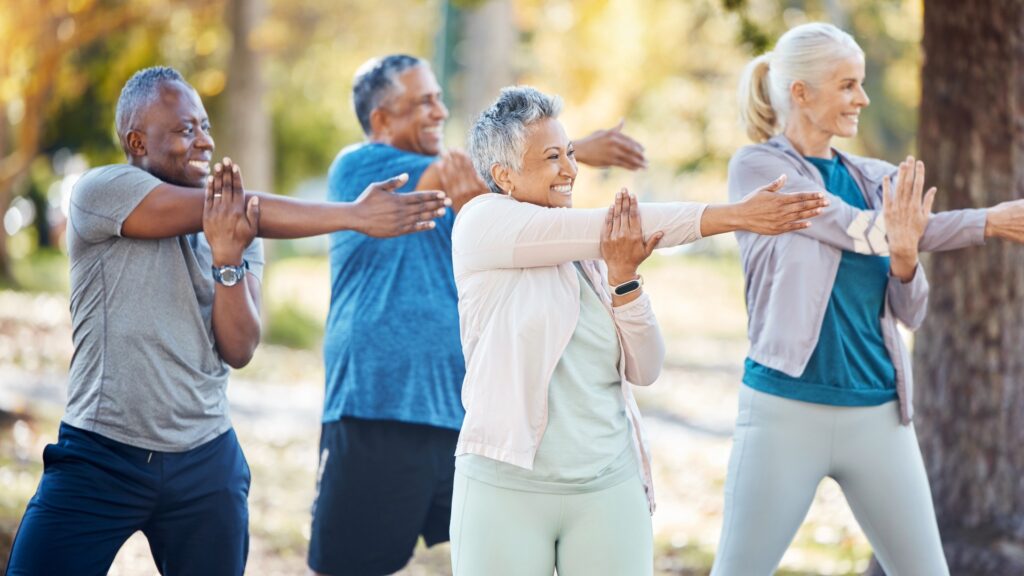
Active Aging
Regular exercise improves strength and balance, supports heart and brain health, reduces the risk of falls, and helps you stay confident and connected.

Osteoarthritis
Arthritis or osteoarthritis is a common chronic disorder of the joints and mainly affects older people. In healthy joints, cartilage covers the surface of the joint and helps to absorb shock and allows for smooth movement. In arthritis; the cartilage breaks down, tearing the ends of the bone unprotected and the joint loses its ability to move smoothly. The most common joints affected by arthritis are hips, knees, big toes, spine and hands.
Stroke
A stroke occurs when the blood supply to the brain is suddenly interrupted, reduced or blocked. There are two main causes of stroke. Most commonly, an artery in the brain is blocked by a clot, stopping normal blood flow and the delivery of oxygen and nutrients to the brain area and beyond (ischemic stroke). This occurs in around 80% of cases of stroke. The second cause is through a break in the wall of a blood vessel, leading to a bleed in the brain (haemorrhagic stroke). This disruption in blood flow may lead to temporary or permanent damage to the brain.
